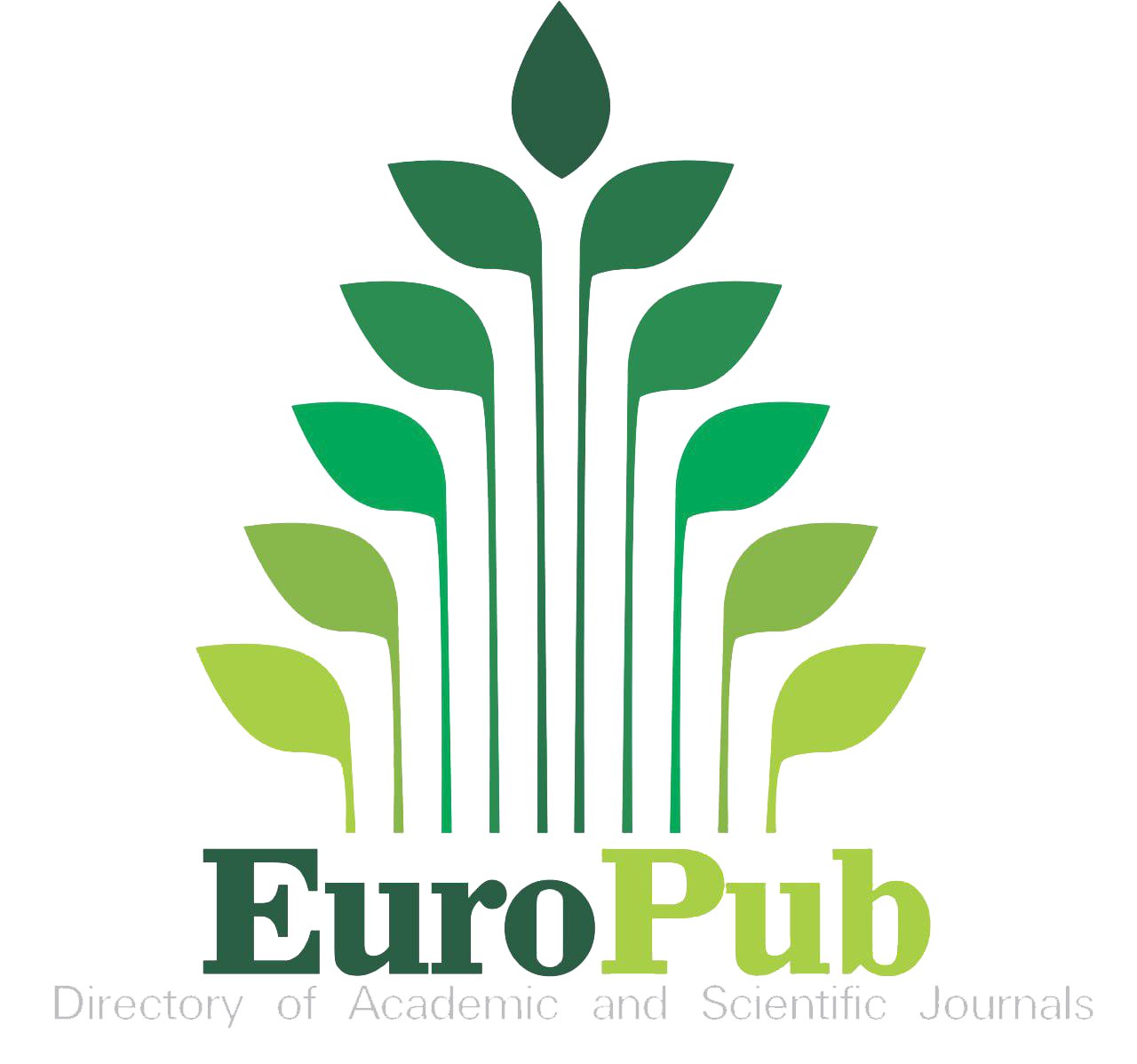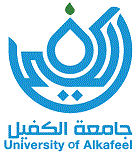Abstract
It has been clearly demonstrated that it would be feasible to consider recycling paper in an academic institution. This can be achieved through combining specific waste paper baskets, a pulping machine and power supplied by a renewable energy source, with an already established local paper making company. The paper making company would be able to gain a subsidy from the government which pays them to actually recycle paper, to counteract the cost of the pulped paper which is 30% more expensive than raw wood pulp. The academic institution would save money on waste disposal and decrease its carbon footprint by 600% with savings of up to around 5-6 tons of CO2 per year, instead of the 1-2 tones carbon offset for just recycling the paper normally. This entire process could be adapted for recycling the vast quantities of waste paper produced by students, an initiative which often fails due to the high cost of disposal. This could be achieved through urged use of the same paper disposal methods already in use, with the paper being collected and pulped once a week directly from the student paper waste bins. This research aims to study and limit the quantities of paper consumed in academic institutions in Iraq, by identifying the steps of recycling, and the extent of its environmental and economic impact, on the one hand, and on the other hand, the extent to which the Iraqi university community accepts this idea, and then study these quantities and evaluate them economically and find out the possibility of establishing a paper recycling plant based on these quantities. As well as the current research deals with the accumulation of paper waste caused by the performance of exams. In the third semester of the research , the amount of paper waste at Thi Qar University was calculated as a model for conducting a detailed research study of all departments and colleges of the University.the amount of paper waste was (11,055 tons/ year), as well as calculating the cost of paper processing for the University amounted to (126252271 Iraqi dinars) and at the end of the third semester, the amount of paper waste in Iraqi academic institutions for the academic year 2022-2023, approximately (367,60976 tons/year). The cost of preparing exam books in Iraqi academic institutions for the academic year 2022-2023 amounted to approximately (4202150971 Iraqi dinars). The devices used in the practical aspect and each device and its purpose in the paper waste recycling process were explained. In addition, in the fourth chapter of the research, waste recycling was carried out in a practical way, and the results were satisfactory.we proposed a project to establish a paper and cardboard waste recycling plant in Nasiriyah, detailing its technical processes and stages in a mature way, the costs of establishing such projects in detail, as well as the annual profit of the project. At the conclusion of the research, some important recommendations were attached that help the paper waste recycling process and its success.
Recommended Citation
Mansour, Mustafa M.
(2024)
"Using Sustainable Technique to Recycle Waste Paper in Academic Institutions,"
Al-Bahir: Vol. 5:
Iss.
1, Article 5.
Available at: https://doi.org/10.55810/2313-0083.1069
References
[1] Arain AL, Pummill R, Adu-Brimpong J, Becker S, Green M, Ilardi M, et al. Analysis of e-waste recycling behavior based on survey at a Midwestern US University.Waste Manag 2020; 105:119-27. https://doi.org/10.1016/j.wasman.2020.02.002.
[2] Islam MT, Dias P, Huda N. Young consumers' e-waste awareness, consumption, disposal, and recycling behavior: a case study of university students in Sydney, Australia. J Clean Prod 2021;282:124490. https://doi.org/10.1016/ j.jclepro.2020.124490.
[3] Tang Z, Li W, Tam VWY, Luo Z. Investigation on dynamic mechanical properties of fly ash/slag-based geopolymeric recycled aggregate concrete. Compos B Eng 2020;185:107776. https://doi.org/10.1016/j.compositesb.2020.107776.
[4] Mansour MM, Hamood HM, Lafta AM, Nashee SR, Shkarah AJ. Enhancing the efficacy of adsorption-based carbon storage systems: a finite element analysis approach. Int J Energy Produc Manag 2024;9:19-24. https://doi.org/ 10.18280/ijepm.090103.
[5] Shah V, Kumar A. Therapeutic multi-epitope vaccine construction using in silico strategies against hepatocellular carcinoma. J ReAttach Therapy Develop Diversit 1 February 2023;21:36. https://doi.org/10.53555/jrtdd.v6i10s(2).2837.
[6] Fan H, Yang X, Chen J, Tu Y, Cai Z, Zhu J. Advancing the development of recyclable aromatic polyesters by functionalization and stereocomplexation. Angew Chem 2022;134. https://doi.org/10.1002/ange.202117639.
[7] Alsaati T, El-Nakla S, El-Nakla D. Level of sustainability awareness among university students in the Eastern Province of Saudi Arabia. Sustainability 2020;12:3159. https:// doi.org/10.3390/su12083159.
[8] Alqarni AS, Abbas H, Al-Shwikh KM, Al-Salloum YA. Treatment of recycled concrete aggregate to enhance concrete performance. Construct Build Mater 2021;307:124960. https://doi.org/10.1016/j.conbuildmat.2021.124960.
[9] Nuaklong P, Wongsa A, Boonserm K, Ngohpok C, Jongvivatsakul P, Sata V, et al. Enhancement of mechanical properties of fly ash geopolymer containing fine recycled concrete aggregate with micro carbon fiber. J Build Eng 2021; 41:102403. https://doi.org/10.1016/j.jobe.2021.102403.
[10] Altikolatsi E, Karasmanaki E, Parissi A, Tsantopoulos G. Exploring the factors affecting the recycling behavior of primary school students. World 2021;2:334-50. https:// doi.org/10.3390/world2030021.
[11] Iqbal A, Liu X, Chen G-H. Municipal solid waste: review of best practices in application of life cycle assessment and sustainable management techniques. Sci Total Environ 2020; 729:138622. https://doi.org/10.1016/j.scitotenv.2020.138622.
[12] Liu M, Tan S, Zhang M, He G, Chen Z, Fu Z, et al. Waste paper recycling decision system based on material flow analysis and life cycle assessment: a case study of waste paper recycling from China. J Environ Manag 2020;255:109859. https:// doi.org/10.1016/j.jenvman.2019.109859.
[13] Khalid MY, Arif ZU, Ahmed W, Arshad H. Recent trends in recycling and reusing techniques of different plastic polymers and their composite materials. Sustain Mater Technol 2022;31-00382. https://doi.org/10.1016/j.susmat. 2021.e00382.
[14] Mansour M, Lafta A, Salman HS, Nashee SR, Shkarah AJ. Modeling a storage tank of carbon capture technology in a power plant in southern Iraq. J Emerg Sci Eng 2024;2-13. https://doi.org/10.61435/jese.2024.e13.
[15] Zhang J, Qin Q, Li G, Tseng C-H. Sustainable municipal waste management strategies through life cycle assessment method: a review. J Environ Manag 2021;287:112238. https:// doi.org/10.1016/j.jenvman.2021.112238.
[16] Ouldkhaoua Y, Benabed B, Abousnina R, Kadri E-H, Khatib J. Effect of using metakaolin as supplementary cementitious material and recycled CRT funnel glass as fine aggregate on the durability of green self-compacting concrete. Construct Build Mater 2020;235:117802. https://doi.org/ 10.1016/j.conbuildmat.2019.117802.
[17] Hamood HM, Mansour MM, Lafta AM, Nashee SR. Numerical investigation to study the effect of three height of triangular obstacles on heat transfer of nanofluids in a microchannel. Int Rev Mech Eng (IREME) 2023;17:533. https://doi.org/10.15866/ireme.v17i11.23627.
















Indexed in: